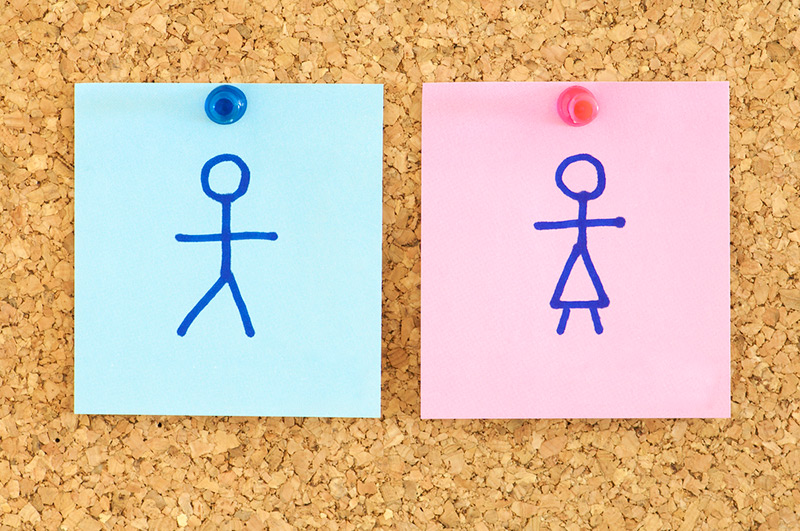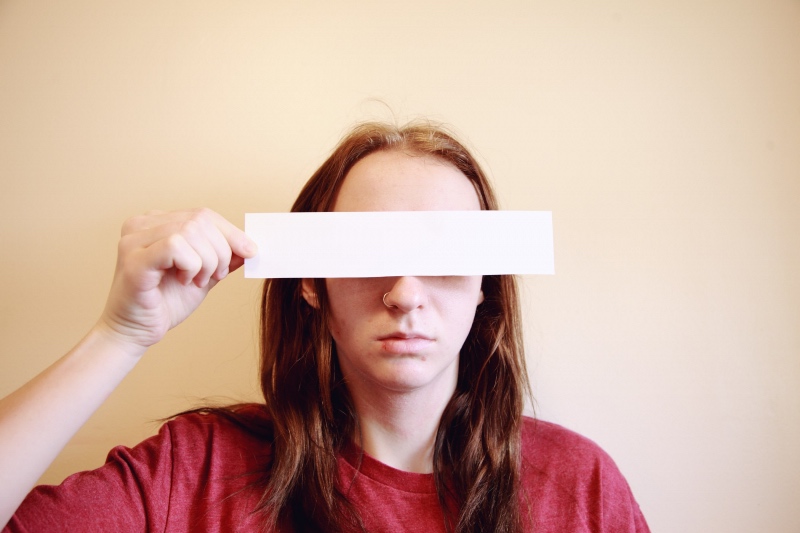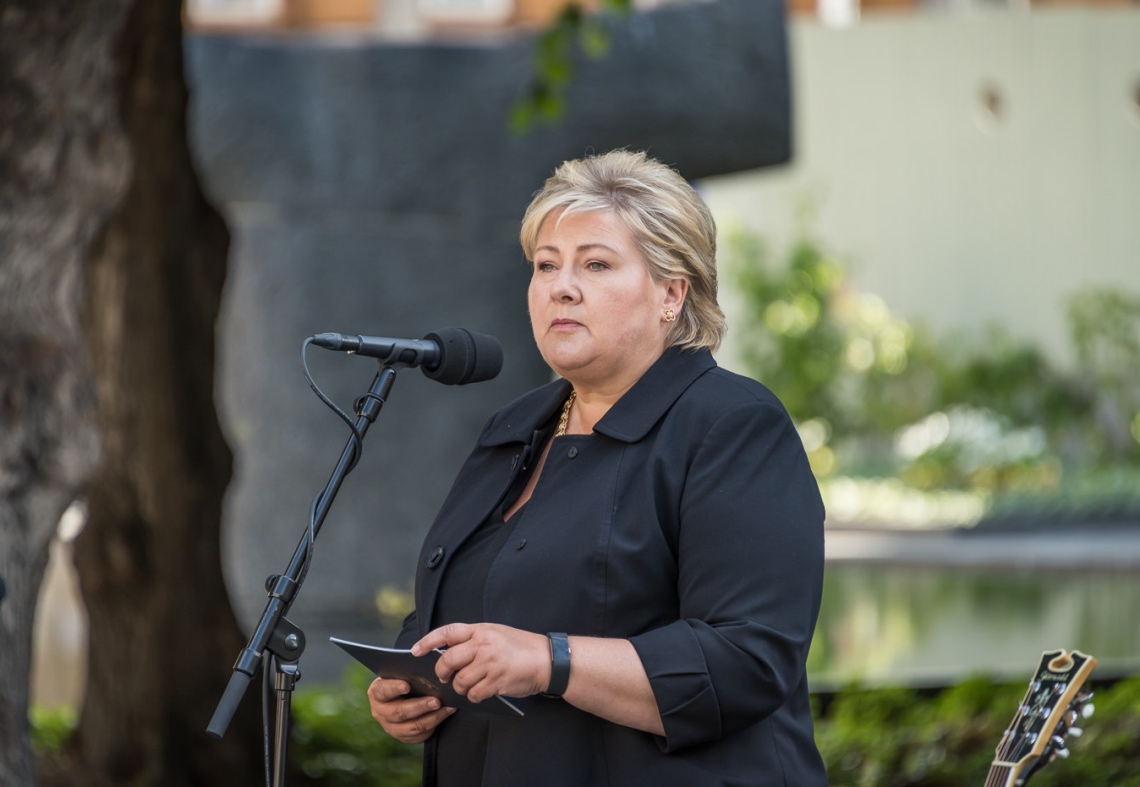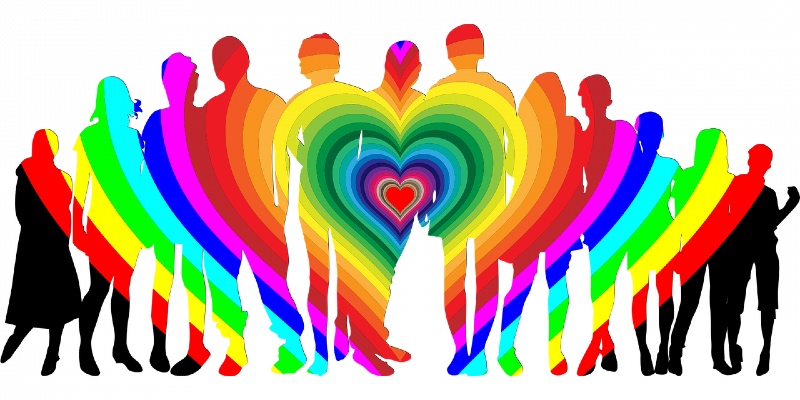Norway is considered to be one of the most gender equal countries in the world. However, that doesn't mean equal and challenges remain. Here's how Norway approaches gender equality.
Gender equality has an important part to play if a country or society is striving for true equilibrium. True gender equality would include level access to jobs, opportunities or other resources for all recognised genders.

But in order to achieve this equilibrium of the sexes, a drive to remove prejudice towards women—and other gender identities—is still needed. While Norway is one of the better performers in this area, narrowing the disparity even further is still required.
The objective of further progress isn't just needed in Norway. There is also a need for all other countries around the world to strive towards a common goal and a level playing field.
Let’s take a look at the Norwegian model, recent history and the advancement that has occurred in recent years.
Gender legislation in Norway
Introduced in 2002, the Norwegian Gender Equality Act aimed to promote equality and reduce discrimination in Norway. The wide-ranging act covered many discriminations that modern-day societies face.
They include the discrimination on the basis of gender, pregnancy, paid leave in connection with childbirth or adoption, care responsibilities, ethnicity, religion, belief, disability, sexual orientation, gender identity, gender expression, age or other significant characteristics of a person.

Its aim is to reach all sections of society, but one main area of focus is in the workplace. It requires positive steps that employers take positive steps to promote gender equality and that measures are in place should instances of discrimination arise.
Additionally, job advertisements in Norway also have strict guidelines that employers must follow in order avoid discrimination. Advertised positions must not specify a desired gender for a job role. However, consenting action in favour of one of the sexes is allowed.
Towards true equality
“Gender equality means that women and men, and girls and boys, enjoy the same rights, resources, opportunities and protections. It does not require that girls and boys, or women and men, be the same, or that they be treated exactly alike.” – UNICEF
In this regard, Norway has been ahead of the rest. In 2016, it was the first country in the world to have a dedicated Gender Equality Ombud, which gives you an idea of the forward-thinking nature of the country’s equality attitude and forward-thinking direction.
Twelve years later, in 2018, the Equality and Anti-Discrimination Act was introduced. It replaced the four previous equality acts and probably won’t be the last time Norway changes their gender and anti-discrimination legislation.

The aim of the latest Act is to “promote equality, ensure equal opportunities and rights and prevent discrimination based on ethnicity, national origin, descent, skin colour, language, religion or belief.”
Gender gap statistics in Norway
According to the 2020 Global Gender Gap Index Rating Report, Norway is preforming well, ranked second in the gender parity chart.
The index is in its 14th year. It measures economic participation and opportunity, educational attainment, health and survival and political empowerment. A new addition to the 2020 report now looks at the gender gap in relation to professions of the future.
Norway isn’t the only high-ranking Nordic country in the index. First place is taken by Iceland, while Finland and Sweden rank third and fourth. While no country is perfect, the Nordic region represents the most positive models to narrow the gender gap.
In Norway, ssb.no publishes indicators across all municipalities. Their most recent publication reports that working age women (20 to 66 years old) hold a 36.3% share of senior and leadership positions in the workplace. This reflects in the gap in average gross income between the sexes. Men earn an average salary of NOK 550,300, while women earn NOK 382,000.
Norwegian women in society
One can look at Norway’s head of government for the most prominent role held by a woman. Erna Solberg is the current Prime Minister of the country, a position she has held since 2013. Solberg is only Norway’s second female Prime Minister. The first female Prime Minister was Gro Harlem Brundtland. She was elected in 1981 and occupied the hotseat in three different periods.

Yet, despite the current representation of women in political circles, it's still meagre in other areas. In addition, other genders (with the exception of men) are vastly under represented both in politics and in prominent positions in the business world.
You can read more about the women who have held prominent roles in the Norwegian Parliament over the years and important roles of Norwegian women in the business world here.
Migration and gender equality
At the time of writing, Norway's population stands at just over 5.3 million. Of that total, approximately 14% were born in another country. There are notable gender differences among immigrants.
Men have primarily moved to Norway as refugees and to work. Whereas, women have primarily moved to reunite with family. However, the reason for this is considered to be the gender norms in the country of origin, rather than anything to do with Norway. Within Norway, there is an awareness that minority or indigenous women are particularly vulnerable to marginalisation.
Recognition of all genders
It is true that gender equality is most closely associated to women and women’s rights, but if we are striving for true gender parity and acceptance to erase harmful practices and discrimination, it's also important to recognise all genders, including men.

In recent years, recognition of other gender identities has become more widespread. It means that the fight for equality on the grounds of gender should also incorporate those into the quest for equal rights. They include, but are not limited to, transgender, non-binary or genderqueer.
Read more: LGBT Resources in Norway
Some countries have a limited recognition and acceptance of other genders outside of male and female and this poses a genuine problem for inclusive gender equality. Norway is a lot more liberal in its approach and is accepting of all genders. That is not to say there aren't small pockets of individuals in society that don’t discriminate or hold prejudice. They exist too, as they do in all other countries.
How far there is still to go
The world as a whole still has a long way to go to achieve true gender parity and that is something we won’t see in our lifetime, unfortunately. Crucially, over the course of the last century and the first two decades of this century, progress has been made in many countries and particularly in Scandinavia and Norway.
But despite Norway’s second place in the Gender Gap Report Index, both in 2020 and in 2019, a stronger representation of women politics is, like many other countries, still lacking. Just because you have achieved a consistent position in recognition of gender equality compared to other nations, doesn’t mean the job is done.
The journey upon until now has been a gradual one of progression. It has gone through four feminist movements/waves, but it's still just a start – a similar sustained progression is needed over the next 100 years in order to get close to true equality of all genders.


Thanks for the article!
A few printing/factual errors though: Erna Solberg became PM in 2013, not 2003. Gro Harlem Brundtland was PM for ten years (three different periods).
Great article!
One thing, “In 2016, it was the first country in the world to have a dedicated Gender Equality Ombud, which gives you an idea of the forward-thinking nature of the country’s equality attitude and forward-thinking direction.”
I think that should be 2006.
Unfortunately, the author forgot about mentioning about slavery to both sedes which is called mandatory military service…
Fortunately the author understands what “mandatory” military service actually means in Norway, which is why he knows it’s completely irrelevant to this story.